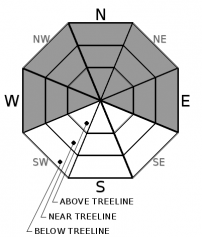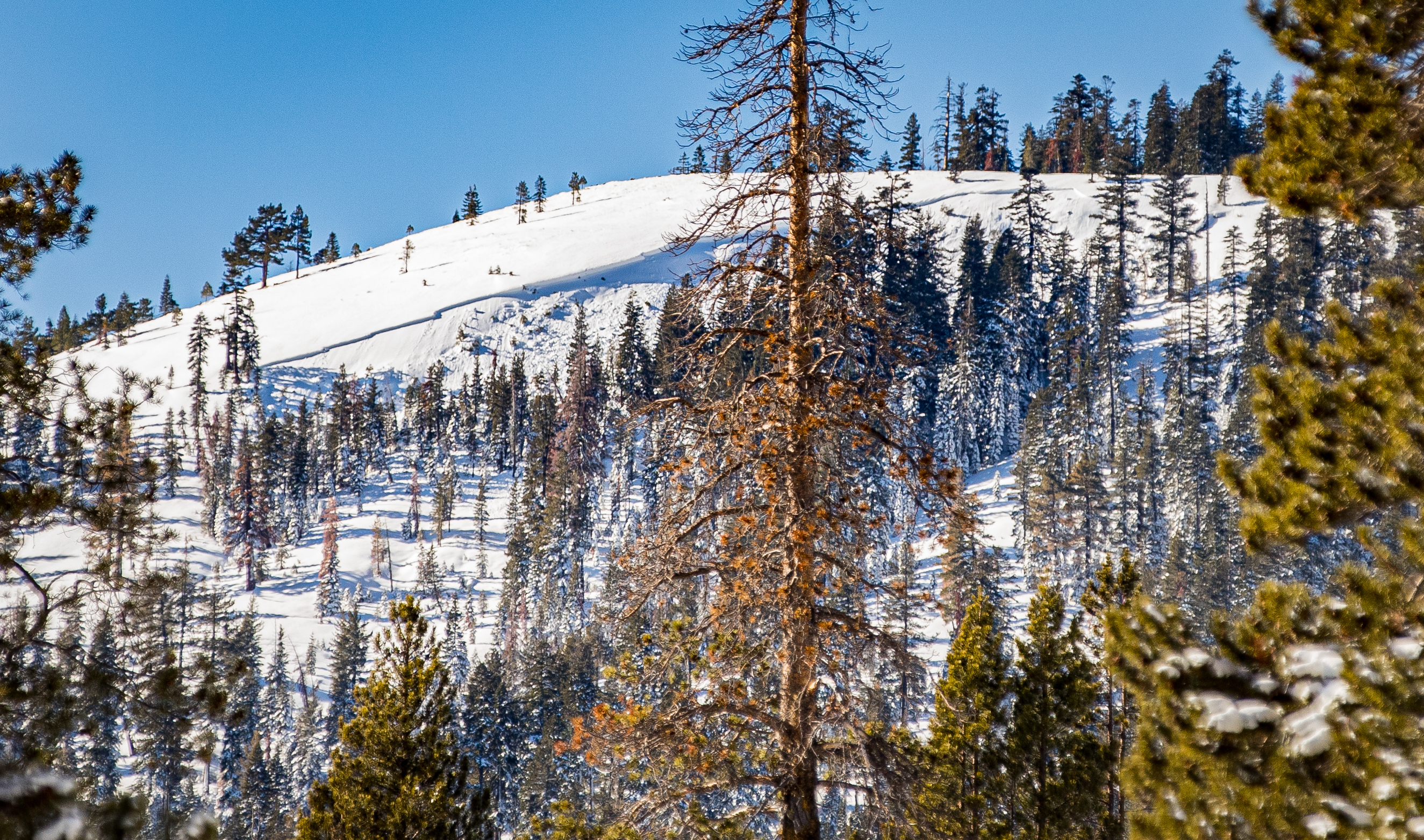| Wednesday | Wednesday Night | Thursday | |
|---|---|---|---|
| Weather: | Mostly cloudy then becoming partly cloudy. Snow levels below 7000 feet. Chance of precipitation is 0%. | Mostly cloudy. Chance of snow in the evening, then snow after midnight. Snow levels below 7000 feet. Chance of precipitation is 100%. | Mostly cloudy then becoming partly cloudy. Chance of snow in the morning. Snow levels below 7000 feet. Chance of precipitation is 25%. |
| Temperatures: | 35 to 40. deg. F. | 19 to 25. deg. F. | 28 to 33. deg. F. |
| Mid Slope Winds: | Light winds. | Southwest 15 to 20 mph with gusts to 40 mph. | Northwest around 15 mph with gusts to 30 mph in the morning becoming light. |
| Expected snowfall: | No accumulation. | SWE = none. | 80% probability of 2 to 4 inches. 20% probability of 3 to 6 inches. | SWE = 0.15-0.25 inch. | Up to 1 inch. | SWE = less than 0.10 inch. |
| Wednesday | Wednesday Night | Thursday | |
|---|---|---|---|
| Weather: | Mostly cloudy then becoming partly cloudy. Snow levels below 7000 feet. Chance of precipitation is 0%. | Mostly cloudy. Slight chance of snow in the evening, then snow after midnight. Snow levels below 7000 feet. Chance of precipitation is 100%. | Mostly cloudy then becoming partly cloudy. Chance of snow in the morning. Snow levels below 7000 feet. Chance of precipitation is 25%. |
| Temperatures: | 31 to 36. deg. F. | 17 to 22. deg. F. | 24 to 29. deg. F. |
| Ridge Top Winds: | West 15 to 30 mph. Gusts up to 50 mph | Southwest 30 to 50 mph with gusts to 90 mph. | Northwest 25 to 35 mph with gusts to 75 mph shifting to the northeast 15 to 30 mph with gusts to 55 mph in the afternoon. |
| Expected snowfall: | No accumulation. | SWE = none. | 70% probability of 2 to 5 inches. 30% probability of 3 to 6 inches. | SWE = up to 0.30 inch. | Up to 1 inch. | SWE = less than 0.10 inch. |





















